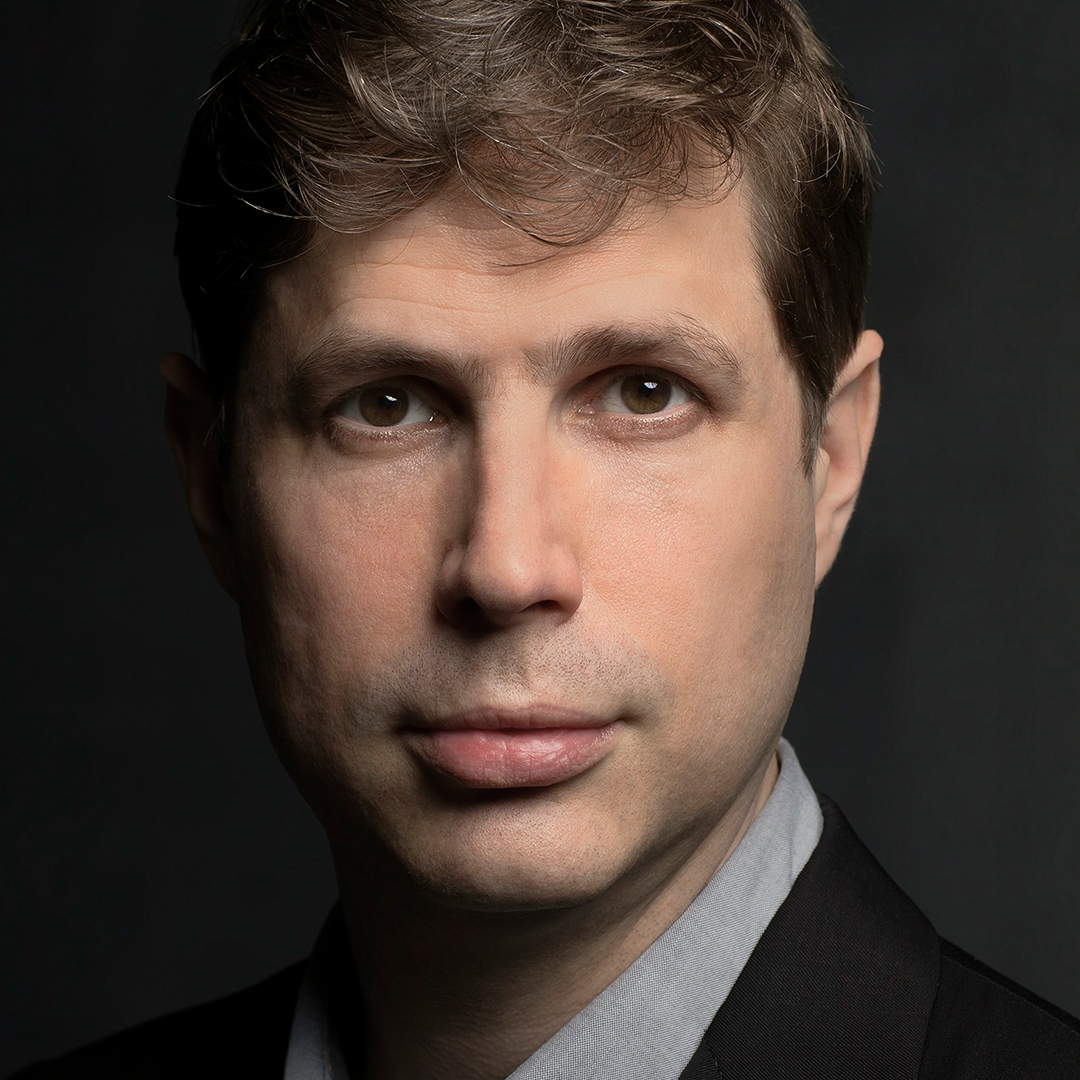
The world is big, and ultimately unknowable, and life is short and memory pitifully limited. F is about the world’s absurdity, and this makes a huge difference morally.

Fame was knowing, driven by its own absurdity. Since Kurt Vonnegut died, there has really been no one to tell us this the reminder is welcome.į is again translated by Carol Brown Janeway, but it is a better book than Kehlmann’s last, Fame, whose narrative gymnastics caused characters to lose or swap their identities, and even to topple into their own or other people’s fictions. And failing love, ordinary human decency goes a long way. In a godless world, love counts for a great deal. What kind of world is it that plays such a trick on a person? “How do you live with that, why do you keep on going?” These people include his lover Heinrich Eulenboeck, an artist with a true calling but only mediocre ability. It worries him that the world cannot live up to his expectations and those of the people he admires. Ivan, like all the others, lives in a nihilistic universe, but he is not himself nihilistic. It is art itself as a sacred principle that unfortunately doesn’t exist.” The art world is full of lovable people, full of enthusiasts, full of longing and truth. “When I was young, vain, and lacking all experience,” he recalls, “I thought the art world was corrupt. His twin brother, Ivan, is a would-be painter turned art dealer, and author of Mediocrity As an Aesthetic Phenomenon. Of Arthur’s two sons by his second marriage, Eric enters the glass-and-steel world of high finance to help control his fear of cramped spaces. The eldest, Martin, a Rubik’s Cube expert, embraces the priesthood despite his lack of faith.


Arthur’s three sons, in their turn, make superhuman efforts to give their lives significance, and these efforts tangle and trip over each other to generate the comic business of the book. The point of F is not its humour (though Kehlmann, like Robbe-Grillet, can be very funny indeed), but its generosity. There are many such moments, they are all as beautifully judged as this one, and they are not the point. The white of the naked canvas shone through in several places, and even the ship was a mere assemblage of lines and dots. There were just some tiny bright patches of colour above the main deck. There were no more people any more, no more little flags, no anchor, no bent watch. The spirit of Alain Robbe-Grillet, the movement’s greatest exponent, illuminates the scene in which Arthur takes his granddaughter to an art museum to study a picture by her missing uncle: “She stepped even closer, and immediately everything dissolved. If Kehlmann played this intertextual game to the hilt – if F itself were as unforgiving as Arthur’s novel – then we would be looking at a less important book, as well as a less enjoyable one: some Johnny-come-lately contribution to the French nouvelle vague.


 0 kommentar(er)
0 kommentar(er)
